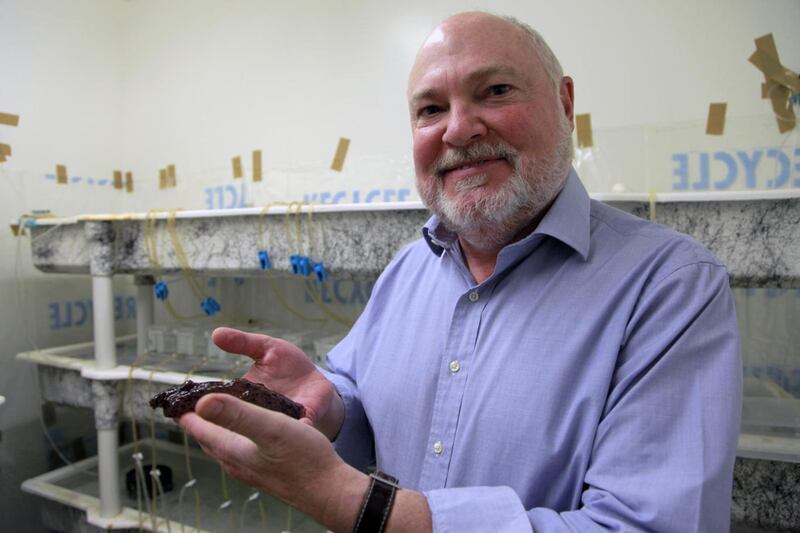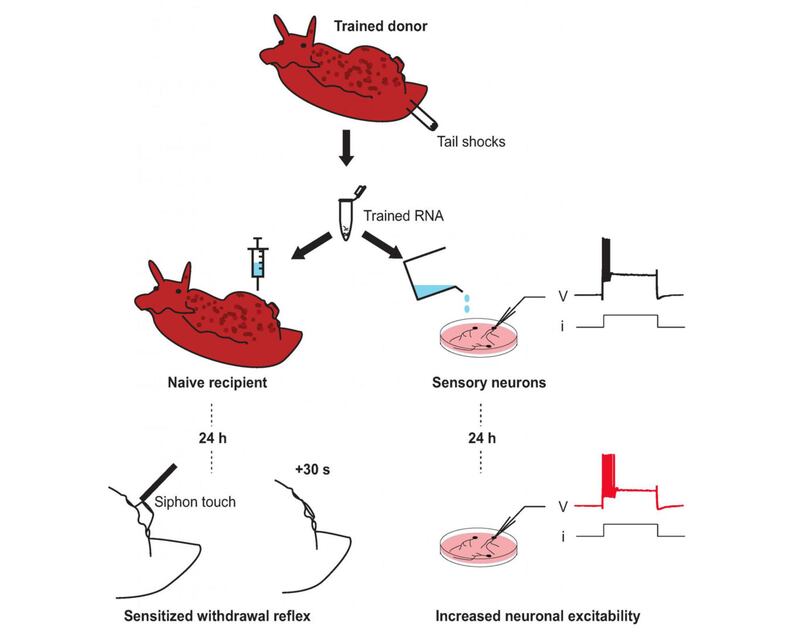It may sound like the stuff of science fiction, but experts claim to have transplanted memories from one snail to another.
Researchers from the University of California, Los Angeles, say they achieved this by transferring a form of genetic material called the ribonucleic acid (RNA).
The team believe their work could provide new clues in the search for the physical basis of memory.
For the study, the scientists sensitised California sea hares, or Aplysia californica, by giving them mild electric shocks that triggered an involuntary defensive reflex.

They then extracted RNA from the gastropods and injected them into a group of untrained snails, who behaved in a similar manner to the shocked animals by displaying a defensive contraction that lasted an average of about 40 seconds.
Professor David Glanzman, a neurobiologist at the University of California in Los Angeles, said: “It’s as though we transferred the memory.”
Long-term memories are thought to be stored at the brain’s synapses – the gap between nerve cells that helps transmit messages – but Prof Glanzman holds a different view.
He believes that memories are stored in the nuclei of neurons – in the RNA molecules that form part of an organism’s genetic machinery.

He said: “If memories were stored at synapses, there is no way our experiment would have worked.”
The researchers say that the cellular and molecular processes appear to be very similar between the marine snail and humans, even though the snail has about 20,000 neurons in its central nervous system and humans are thought to have about 100 billion.
The team see their work as a stepping stone towards research into neurodegenerative diseases such as Alzheimer’s.
The study is published in the journal eNeuro.








